Actionable Google Analytics for WooCommerce
To make this plugin even more powerful, we just added a few more features. Additionally, this plugin has the functions you need to manage shopping campaigns. The following are the features’ highlights:
Management of your Google Merchant Center account and integration with your woo-commerce business
Linking your Google Ads and Google Merchant Center accounts
You may create and sync product feeds using content API so that you can manage them easily from your wp-admin.
4. Schedule your product feed updates in accordance with your needs.
With a simple click of a button, create and manage intelligent shopping campaigns.
reports on the smart purchasing campaign
Here is a hassle-free method for configuring the plugin.
We have discovered 20 bespoke dimensions and indicators that might be helpful for every eCommerce firm worldwide based on our ten years of analytics and MarTech expertise serving 50k+ eCommerce enterprises internationally. User-id tracking for cross-device remarketing, client id tracking, form field tracking for checkout form effectiveness, content grouping, IP anonymization, opt-out functionality, product refund tracking, and many other advanced trackings are some of the advanced trackings that are allowed by the plugin.
In order for you to start making data-driven decisions for your eCommerce business, let us provide you a more detailed explanation of these capabilities.
Google Analytics is a free online analytics tool that the company provides, giving site owners useful information about how people browse. Reports in Google Analytics are divided into the following 4 sections:
- Audience
- Acquisition
- Behavior
- Conversions.
1. Audience:
The Google Analytics audience reports give you information about the types of visitors to your site. In Analytics, audiences are groups of individuals that you may create based on any criteria that are important to your company. For instance, you could want to develop an audience of individuals who made a transaction during the last year but not within the previous two. Then, using Google Ads, you can remarket to this audience.
2. Acquisition:
You may learn how people find your website using Google Analytics’ Acquisition report. These reports can help you figure out where people are coming from, whether it’s organic search results, paid advertisements, or other sources. This also reveals the effectiveness of your various channels in terms of the calibre of customers visiting your shop.
3. Behavior:
Google Analytics’ Behavior reports may help you discover how visitors engage with your store’s pages, which ones get the most views, and which ones lead to visitors leaving. These insights assist you in making wise technological choices that will enhance the user experience (UX) of your shop or your merchandising efforts.
4. Conversions:
As it enables you to understand your ecommerce business holistically, this is the most crucial aspect for all ecommerce enterprises worldwide. Google Analytics’ ecommerce area under the conversions tab offers you nine improved ecommerce reports, which are described below.
5. Custom Dimensions and Metrics:
Making custom dimensions and metrics is one of Google Analytics’ most crucial capabilities. Google Analytics permits providing particular data points from your store for all of the aforementioned reports. The needed data points that must be pushed, for instance, are id, affiliation, revenue, tax, shipping, and coupon on the order confirmation page. Now, let’s say you want to see a sales performance report based on the user role, the weekday, or the city. In that case, you can create custom dimensions for the user role, the weekday, or the city and pass them along with the relevant data points that Google Analytics requests when the order confirmation page is called. In our extension, we have 20 such unique dimensions and metrics. The whole list is available here.
Our Plugin tracks following Custom Dimensions & Metrics in your GA
Custom Dimensions:
- Find out if the product is in stock or not by checking the stock status. Keeping track of out-of-stock items will stop you from getting visitors to the URLs for such items.
- Page Type: Indicates the page’s type. Examples include product pages, category pages, etc. enables you to compare the effectiveness of various web parts.
- Product Discount: By examining the effects that discounts are having on product demand and other important indicators, you may strategically plan your discounts by obtaining discount data in GA.
- Find out which payment method—such as PayPal, a credit card, etc.—is most used by customers at your shop and produces the highest average order value and number of transactions.
- Billing city and shipping city information is integrated into your GA immediately. It aids in your understanding of product demand by providing information on shipping and billing cities.
- Find out whether a transaction was performed during the week or on the weekend. aids in performance comparison between weekdays and weekends.
- Learn the local time period of the day when the most business is conducted at your location. You may use this to enhance your marketing efforts in various geolocations.
- User Type: By using this custom Dimension, you may categorise users according to how they paid for their purchases. It will assist you in comprehending the preferred checkout process at your shop.
- Sequence at Product Page: Records the order in which a session’s product pages are visited. It will give you an indication of which goods are thought to be suitable for recommendations.
- The following dimension explains how the placement of the “Add to Cart” button affects your click-through rate (CTR). To make critical design decisions, compare the placement of “Add to Cart” buttons above and below the fold.
- Number of Products in Stock: Using these custom dimensions, you may use Google Analytics to find out how many products are currently in stock. Recognize the effects of revealing product stock levels on sales.
- Time to Make Purchase: Discover how long people stay on your store before making a purchase. You may utilise it to aid users with real-time offers.
- Learn how long it takes customers to add a product to their shopping basket once they arrive at the product page. You may strategically plan the promotional offers with the use of insights derived from the data.
- Product Size: Use Google Analytics to monitor a product’s size. You may use this to analyse the magnitude of the product sales.
- Product Review Count: Discover how many customer reviews there are for each product. You will have a better understanding of the connection between product demand and review count.
- Product Review Score: View the Google Analytics data for each product’s average review score. Recognize whether or not a product’s review score affects conversion rates? Compare the effectiveness of items with high and low review scores as well.
Custom Metrics:
- Total dollar amount of items viewed: Discover the total dollar amount of items a user has viewed in a single session. It enables you to comprehend the overall monetary worth of the goods customers often browse and the value of the thing they ultimately purchase.
- Number of Clicks on Category and Product Pages: Keeps track of the quantity of clicks that occur on Category and Product Pages. It aids in your comprehension of user involvement.
6. Advanced Tracking:
Along with the reports already mentioned, Google Analytics also has more sophisticated features like user-id tracking, which enables cross-device tracking, client id tracking, which aids in creating audiences for Google Ads, content grouping, which enables you to organise content into logical groups for your store, such as groups based on brands or categories, form field tracking, which enables you to see the tracking on checkout forms, IP anonymization, opt out, and more. With just one click, our extension adds all of these capabilities to your store.
Features
- Quick and simple set up takes about five minutes.
- Tracking audience, behaviour, and acquisition in GA
- Each of the nine Enhanced ecommerce reports
- a. Summary report
- Shopping behaviour research
- Analysis of checkout behaviour
- Report on sales performance
- Report on product performance, e
- Product list performance report, clause f.
- g. Report on internal promotions
- Order report for coupons
- Report on product coupons
- Report on affiliates
- Tracking conversions for Google Ads
- monitoring FB pixels
- Integration with Google Optimize
- Use our Plugin and your own GTM.
- Anonymization of IP
- Choice feature
- Consent or opt-in function
- User ID monitoring
- Identifying clients
- Grouping of content
- Tracking of form fields
- Monitoring product refunds in GA
- 20 Special Measurements and Dimensions
- Product feeds are synced with your merchant centre account (only simple product kinds supported)
- Account administration for Google Merchant Center
- Linking your Google Ads and Google Merchant Center accounts
- Plan your product feeds
- From the WordPress admin, create and manage smart shopping campaigns.
- Reports on the smart purchasing campaign
- Free GA review
- According to Google Data Studio (Paid)
- Consultation with CRO (Paid)
- Free modification for your e-commerce website for an hour



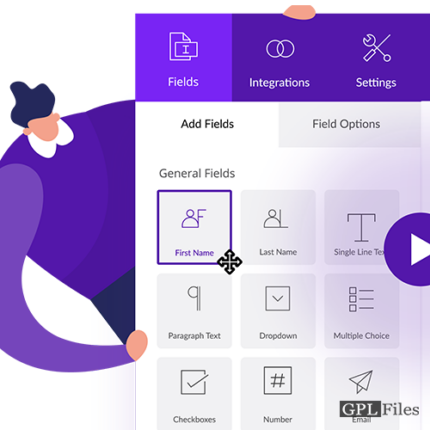




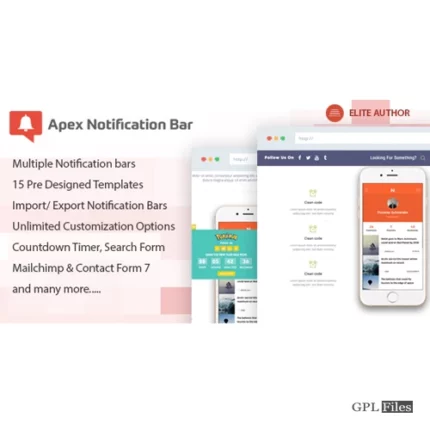

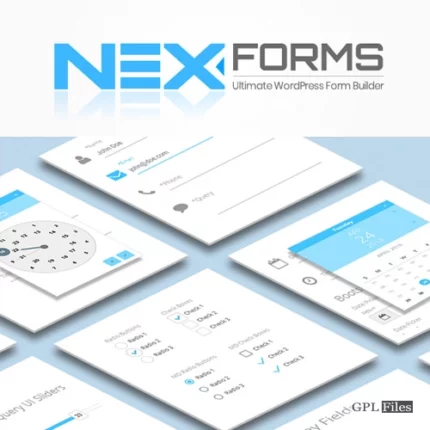
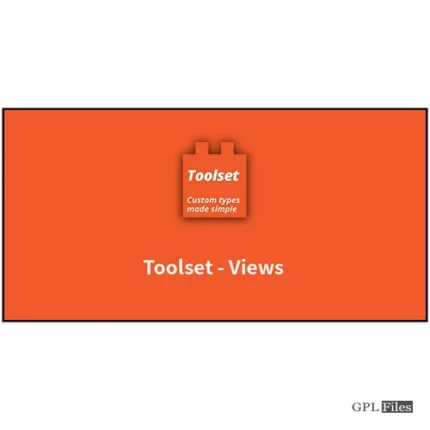



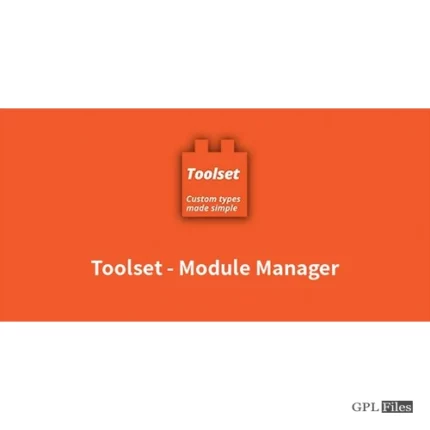

Reviews
There are no reviews yet.